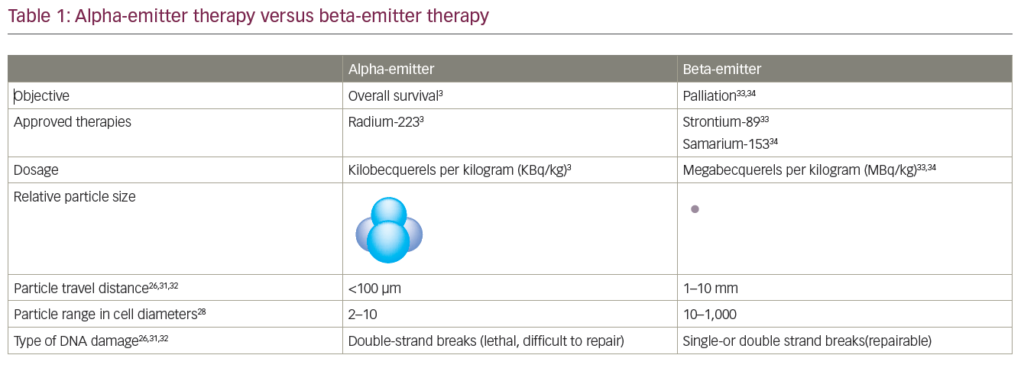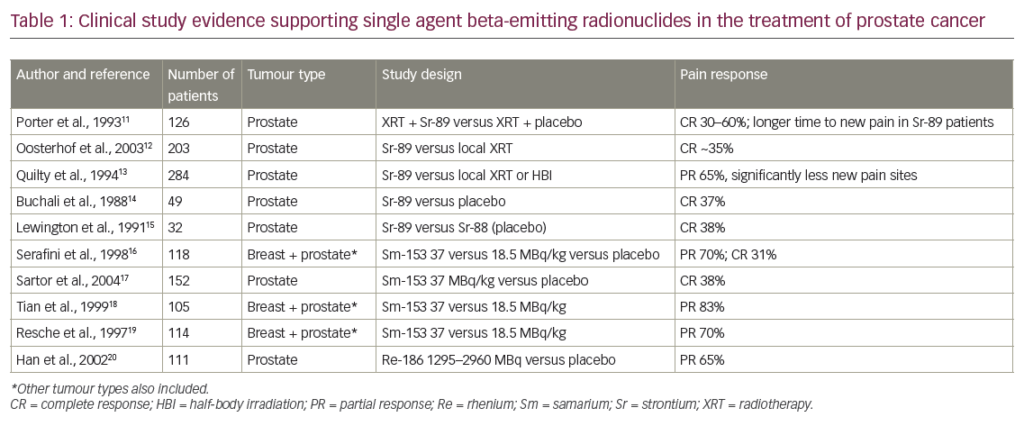Worldwide, prostate cancer is one of the most commonly diagnosed cancers in men. Approximately 900,000 new cases are reported each year with an estimated 242,000 cases in the US alone.1 Raised awareness leading to earlier detection and improved therapies have significantly extended life expectancy, as demonstrated by a decrease in US age-adjusted mortality of 3.7 % from 2004 to 2008.1 However, cause-specific mortality rates are still at approximately 32,000 patients per year. First-line treatments for advanced prostate cancer often include androgen deprivation therapy (ADT) which decrease serum testosterone levels, thus inhibiting prostate cancer cell growth and delaying disease progression.2 Initially, almost all advanced prostate cancer patients will respond to ADT with a reduction in prostate-specific antigen (PSA) in addition to radiographic regression. Nonetheless, biochemical and clinical responses to androgen deprivation are usually of limited duration. The castration-resistant cancer cells will proliferate and ultimately result in clinical progression. Castration-resistant prostate cancer (CRPC) can be broadly characterized as a progression of disease with an increase in PSA levels despite levels of testosterone less than 50 ng/dl.3,4 In comparison with castration-sensitive prostate cancer, the prognosis for CRPC patients is poor and survival is markedly reduced.5 Progression of CRPC often leads to bone metastases and skeletal-related events (SREs), leading to co-morbidities which may further reduce survival rates. Reported five-year survival rates for CRPC patients is 56 % without bone metastases, 3 % with bone metastases, and less than 1 % with bone metastases and SREs.6
Bone Metastases
For patients with advanced prostate cancer, the axial skeleton represents the most common site for metastases and approximately 90 % of all patients have evidence of bone metastases upon autopsy.7 In adults, the major sites for bone metastases are the vertebral column, pelvis, ribs, long bones, and skull,8 which also represent areas of active hematopoiesis.9 It has been postulated that these areas provide the primary tumor cells with a favorable environment for expansion and proliferation due to a high blood flow, nutrient-rich microenvironment with access to a large repository of growth factors often referred to as the ‘seed-and-soil’ hypothesis.10 By the end of life, the tumor load for the majority of patients will have shifted from the primary tumor to the bone. Batson demonstrated that venous blood from pelvic organs, like the prostate, directly flowed into the vertebral-venous (Batson’s) plexus.11
To view the full article in PDF or eBook formats, please click on the icons above.












